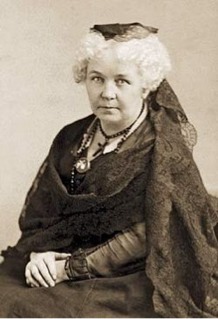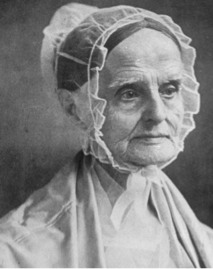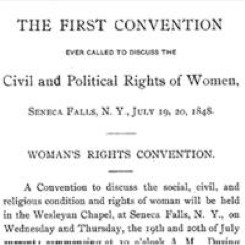Sign up for FlowVella
Sign up with FacebookAlready have an account? Sign in now
By registering you are agreeing to our
Terms of Service
Loading Flow


Elizabeth Cady Stanton and
Lucretia Mott
In 1848, Elizabeth and Lucretia decided to hold a women's rights convention, which became known as the Seneca falls convention. They created a plan and detailed issues they had about women being treated unfairly. Stanton named the plan and issues the "declaration of sentiments." The second paragraph began with ways society could fix the gender equality. Stanton and mott's convention allowed women to gain many rights, and even the right to vote.

Leaders of the Women's Rights Movements

